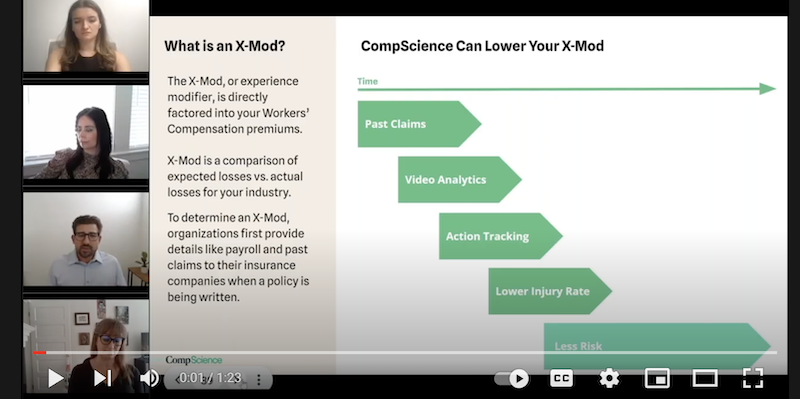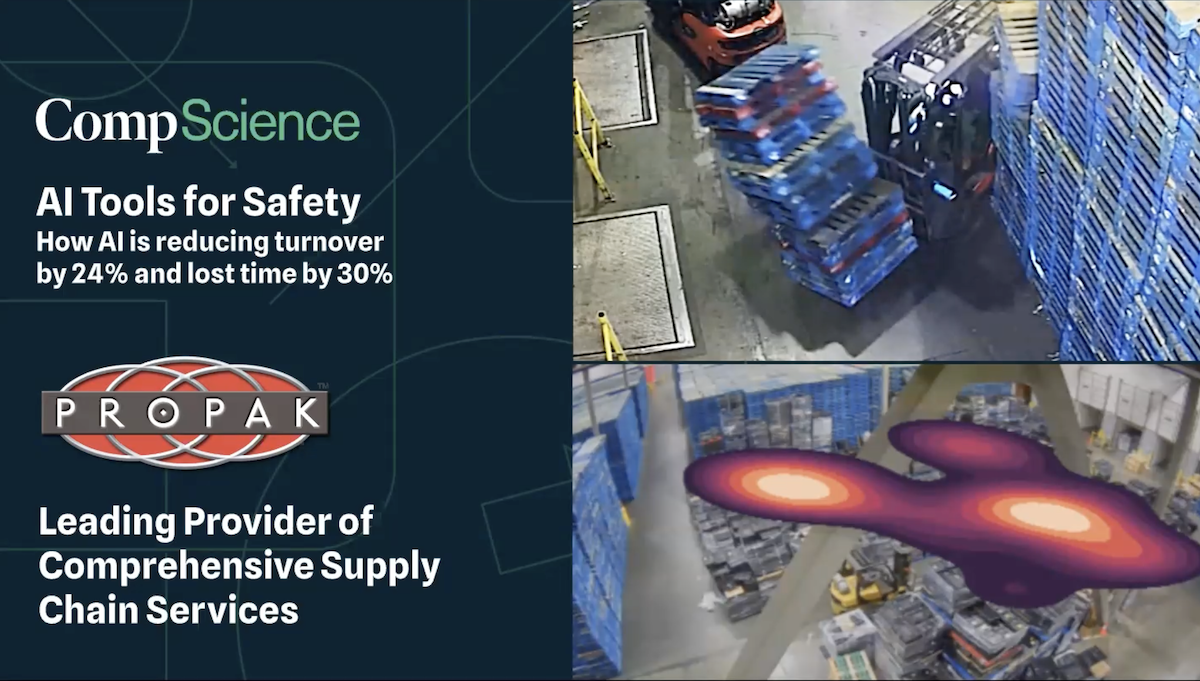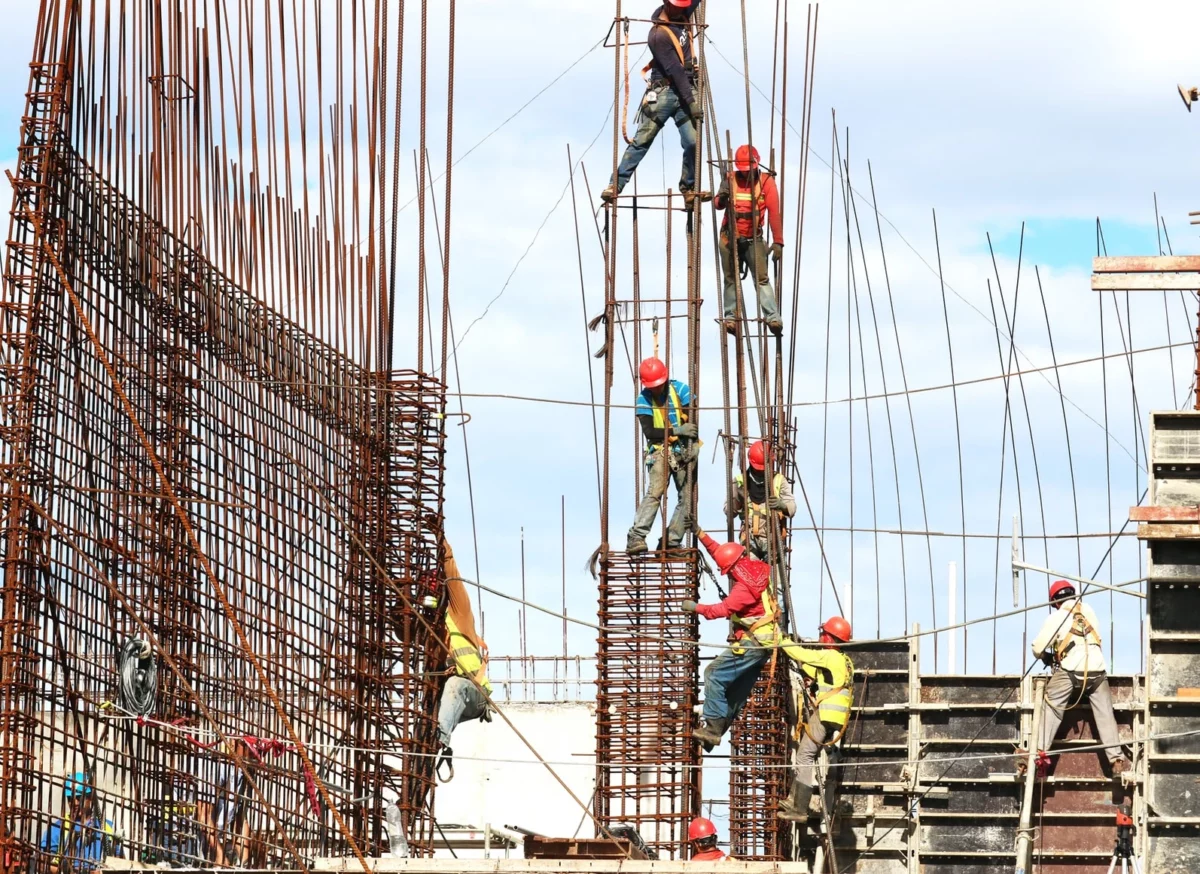Predictive analytics can lower your Xmod and insurance rates.

With predictive analytics generated by applying computer vision to video of the workplace, CompScience has created tool that can actually predict accidents before they happen.
Transcript
Kristopher Mizel:
So the experience mod is a lagging indicator. It doesn’t take into account this year’s losses. It doesn’t take into account last year’s losses. It takes into account the three years prior to that. All right? Think about how much your life has changed in the last four years with a pandemic, right?
Five years is a lot for a company to change, turnover, process changes, economy changes. So using this old data really makes it tough.If a company invests a bunch of money, they have a great year of lower losses, their insurance is not going to reflect that next year. It’s going to reflect it the year after.
It’s hard when we have a good year and then we don’t see right away those benefits. It is important to understand how the X-Mod works. Essentially, the better your losses are, the lower you come in to your expected losses, the lower we can drive that experience mod down. And you do that by minimizing severity and frequency, right?
Predictive analytics, looking forward, we have the best tool to look forward and predict accidents before they happen. Doing that will allow you to lower your X-Mod. You have two, three good years, and then you’ll have five good years of insurance. So it’s a bit of a longer play when we’re lowering our experience mod, but the effects that we can have are immediate inside the facility. Some questions and answers. I saw some come through.
Need the definition of an X-Mod? Read What is an X-Mod






